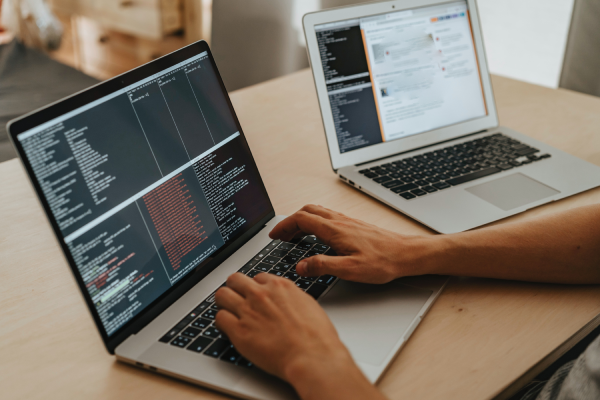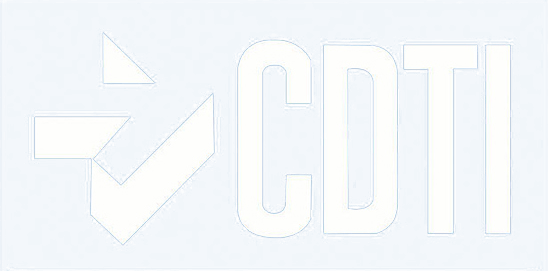
What is Big Data?
When we talk about Big Data we refer to data sets or combinations of data sets whose size, complexity and speed of growth make it difficult to capture, manage, process or analyze them using conventional technologies and tools.
What makes Big Data so useful for many companies is the fact that this big compilation of data provides answers to many questions that companies didn’t even know they had. Having this information can help them differentiate themselves from their competition.
With such a large amount of information, the data can be shaped or tested as the business decides. By doing so, organizations are able to identify problems in a more understandable way.
The big Vs of Big Data
Data scientists use the “Vs” to define Big Data. There is no consensus on how many “Vs” have to be taken into consideration and in fact the list of these has been expanding, but we can affirm that the 6 most widespread Big Data “Vs” are:
Volume
When we talk about Big Data we mean large volumes of data. This volume is important for storage, processing and exploitation: the larger the volume, the more complex it will be to use Big Data.Velocity
Velocity is the big V that represents how fast data is received and processed. If the data is transferred directly to memory (and not written to a disk) the speed will be higher and, thanks to this, it will be possible to operate much faster and the data will be provided practically in real time.Variety
The data on which big data techniques work is diverse because, as we have seen, they come from numerous sources and are found in different formats.
Veracity
Veracity refers to the accuracy of the data in the data set. It is a factor that can greatly influence obtaining a competitive advantage in the exploitation of Big Data.
Value
Not all data has value, nor can it be used to make decisions. It is important to know the value of the data available, establish a way to clean the data, and confirm that it is relevant to the intended purpose.
Visualization
Converting hundreds of data sheets into a single graph that clearly shows predictive conclusions is an example of how to show results clearly and easily in an obvious synthesis exercise.
Applications in occupational safety
Collecting large amounts of data and searching for trends within the data allow companies to make decisions much faster and more efficiently.
Having a device that helps you collect information about the health of your workers and the risks to which they are exposed is essential for a good risk prevention policy.
Thus, with the collection and analysis of these data, companies will be able to apply measures that reduce the chances of accidents or that help to act more quickly, and consequently, have a reduction in cost and increase in productivity.
Share this article on your Social Media:
